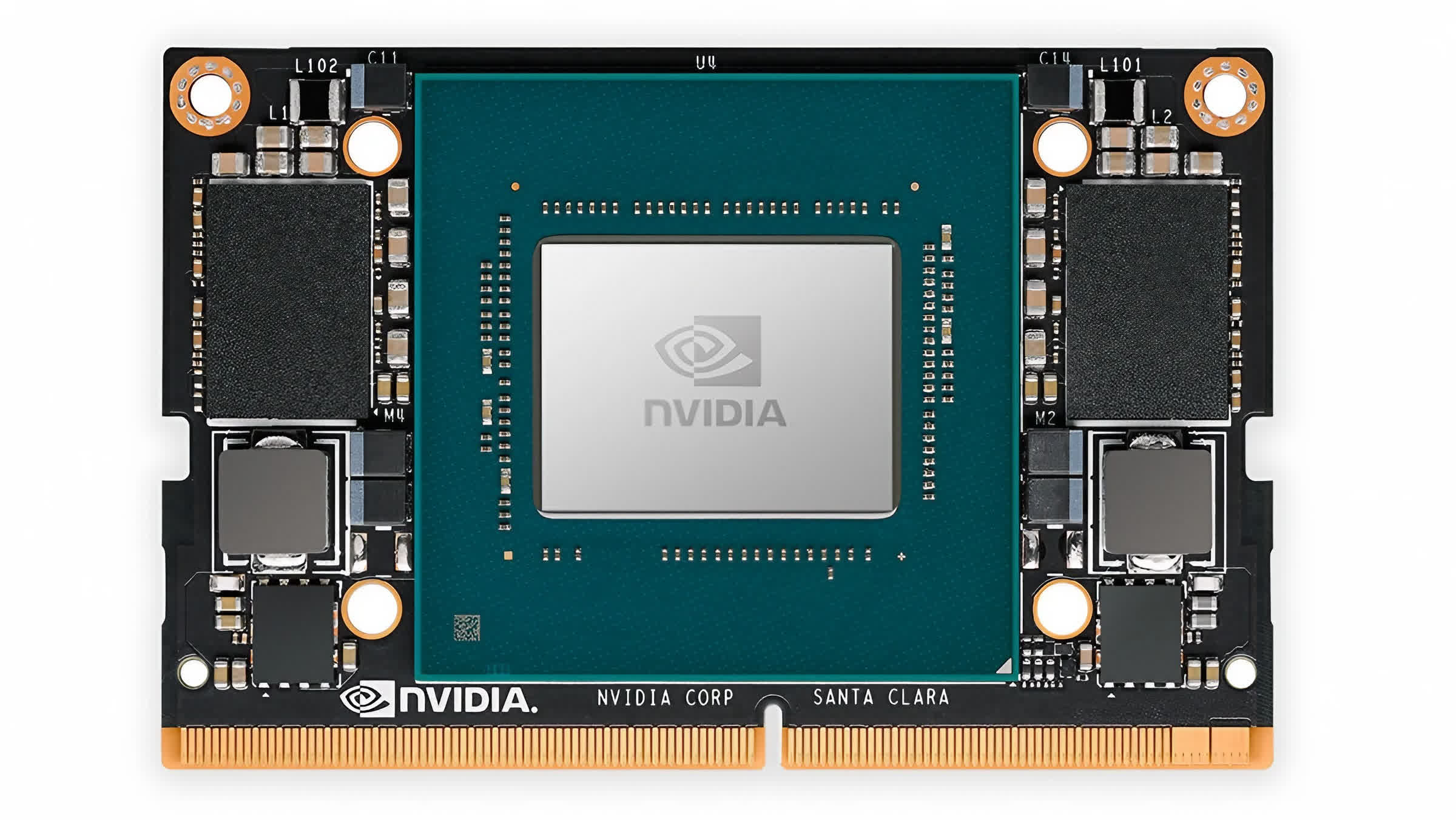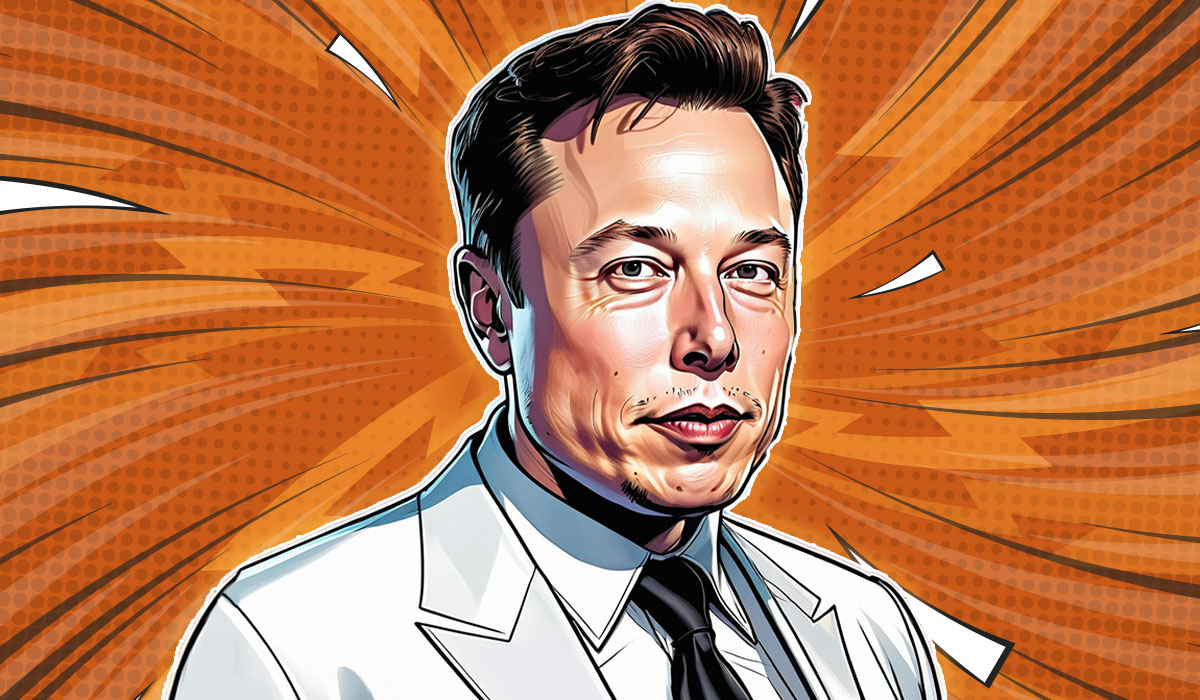Serving tech enthusiasts for over 25 years.
TechSpot means tech analysis and advice you can trust.
Forward-looking: Nvidia, now a $3 trillion+ titan, has grown synonymous with GPUs and AI accelerators. But as the company has become the one to beat in these arenas, it now has its crosshairs aimed at what it sees as the next major growth area: robotics.
A report by The Financial Times has revealed Nvidia's plans to achieve this future. It highlights how Deepu Talla, Nvidia's VP of robotics, believes the robotics market has reached an inflection point where physical AI and robotics are about to take off in a big way.
"The ChatGPT moment for physical AI and robotics is just around the corner," Talla told the publication, adding that he believes the market has reached a "tipping point."
To capitalize on this, Nvidia wants to position itself as the go-to platform for robotics. The company already offers a full robotics stack. This includes the software for training foundational AI models on DGX systems, its Omniverse simulation platform, and the Jetson hardware.
However, things are set to accelerate next year, with Nvidia planning to launch its latest robot brain called Jetson Thor. This will be the newest addition to the company's Jetson platform, which is a line of compact computers designed for AI applications. Jetson Thor will be a model focused specifically on robotics, though.

Talla says that there are currently two key breakthroughs driving Nvidia's robotics optimism. First is the rise of powerful generative AI models. The second is the ability to train robots in these foundational models using simulated environments.
He stated that in the past year alone, this 'sim-to-real gap' has progressed enough to enable the combination of simulations with generative AI in powerful new ways that were not feasible two years ago.
It's worth mentioning here that Talla has played an instrumental role in helping Nvidia break into robotics. The roots trace back to 2013 when Talla joined to work on its Tegra mobile chip. The company pivoted those engineers to autonomous vehicle training, which eventually led to the 2014 launch of Jetson robot brain modules.
As for where the Jetson Thor will be useful, we can take hints from Nvidia's recent investments. Earlier this year, the buzzy robotics startup Figure AI raised $675 million from investors including Nvidia, Jeff Bezos, Microsoft, and OpenAI. Apptronik, another robotics company using Nvidia's tech, recently partnered with Google's DeepMind subsidiary.
The robotics push comes as Nvidia faces increasing competition in AI chips from the likes of AMD. While AI still accounts for a massive 88% of Nvidia's $35 billion in quarterly revenue, the company is wise to explore new frontiers. After all, the robotics market is projected to soar from $78 billion currently to $165 billion by the end of 2029, per BCC Research.









 English (US) ·
English (US) ·